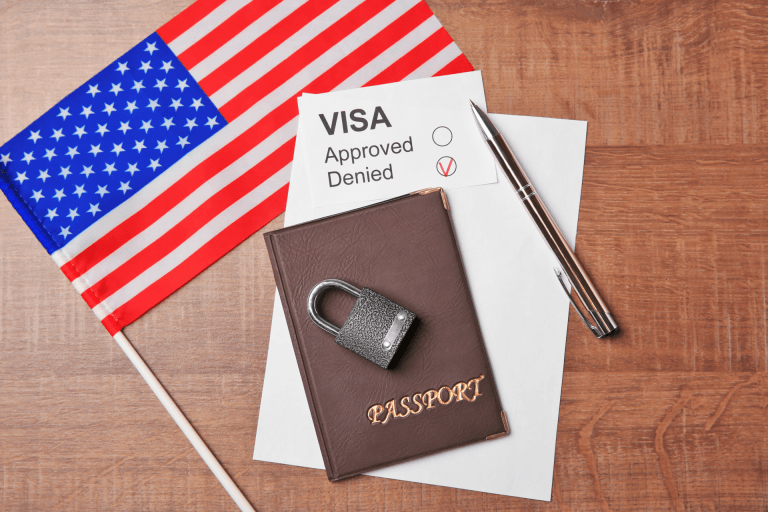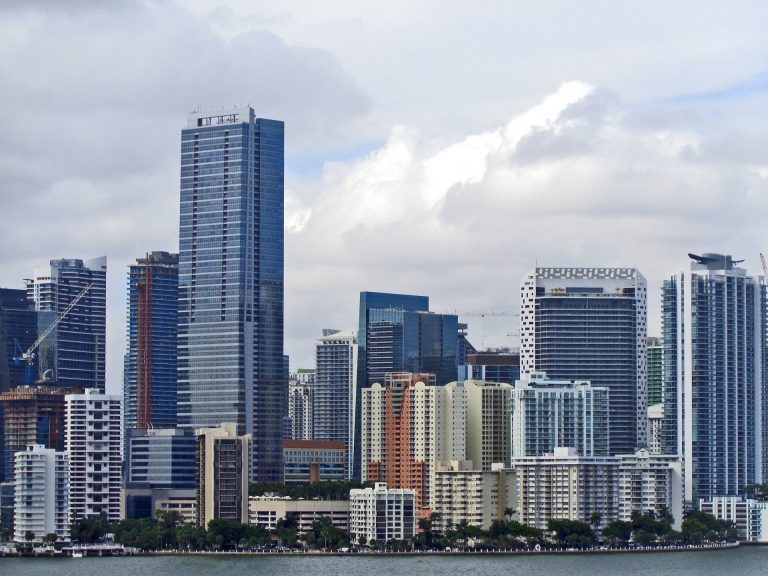The H-2B program permits US employers to bring foreign workers from eligible countries to fill temporary or seasonal nonagricultural jobs. In this article, you will discover how the H-2B program benefits US employers and prospective foreign workers.
Understanding the H-2B Program
The H-2B visa is the division of an earlier H-2 guestworker program, created to facilitate the employment of nonimmigrant workers in different US sectors that were experiencing workforce shortages.
The Immigration and Nationality Act of 1952 (INA) introduced the necessary language to permit US employers to recruit foreign workers to occupy temporary or seasonal positions, as long as there were not sufficient or capable domestics workers to do the same jobs.
In 1986, the Immigration Reform and Control Act changed the H-2 guestworker visa program. The category was subdivided into two categories – the H-2A visa and the H-2B visa.
The H-2A visa applies to temporary agricultural workers, while the H-2B applies to temporary nonagricultural workers. When compared to the original H-2 guestworker visa, the regulations governing the H-2B program remain similar.
What Are the Petitioner’s Requirements Under the H-2B Program?
Prospective workers may not self-petition for H-2B visas with the United States Citizenship and Immigration Services (USCIS). Hence, a US employer or authorized agent must apply on a prospective worker’s behalf.
When filing an H-2B petition with USCIS, the petitioner must prove that:
- Not enough US workers are able, willing, qualified, and available to fill the temporary employment gap
- Hiring foreign workers will not negatively impact the wages and working conditions of US workers in similar employment conditions
- The need for prospective workers is temporary (regardless of whether the job can be described as temporary)
H-2B Temporary Nonagricultural Worker Visa – Is There an Annual Visa Cap?
USCIS has a statutory numerical limit for the number of H-2B visas issued each year. As of 2022, H-2B is a relatively small visa program with an annual cap of 66,000 visas.
The total number of visas is divided into two periods – 33,000 visas for seasonal workers from the first half of the fiscal year (October 1-March 31), and the remaining 33,000 for seasonal workers from the second half of the fiscal year (April 1-September 30).
To preserve visas for US employers whose seasonal need is later in the year, the visa cap for the second half of the year includes the unused visas from the first half of the fiscal year.
Who Benefits from the H-2B Program? – Taking a Closer Look
USCIS statistics for the fiscal year of 2020 show the occupations with the most requests for H-2B Labor Certifications, which were:
- Landscaping and groundskeeping workers
- Forest and conservation workers
- Meat, poultry, and fish cutters and trimmers
- Amusement and recreation
- Attendants
- Maids and housekeeping cleaners
- Construction laborers
- Waiters and waitresses
- Food services
- Laborer and material movers
- Nonfarm animal caretakers
In the fiscal year of 2020, the states with the highest number of H-2B labor certifications were Texas (18,841), Florida (9,998), and Colorado (7,671), followed by Louisiana, Alaska, Pennsylvania, North Carolina, Missouri, Virginia, and New York.
Do You Want to Enjoy the Benefits of the H-2B Visa Program? – Immediately Contact Jurado & Associates, P.A.
A well-versed immigration attorney from Jurado & Associates, P.A. is willing to help you succeed. Call us today at (305) 921-0976 or email [email protected] to schedule a consultation.






